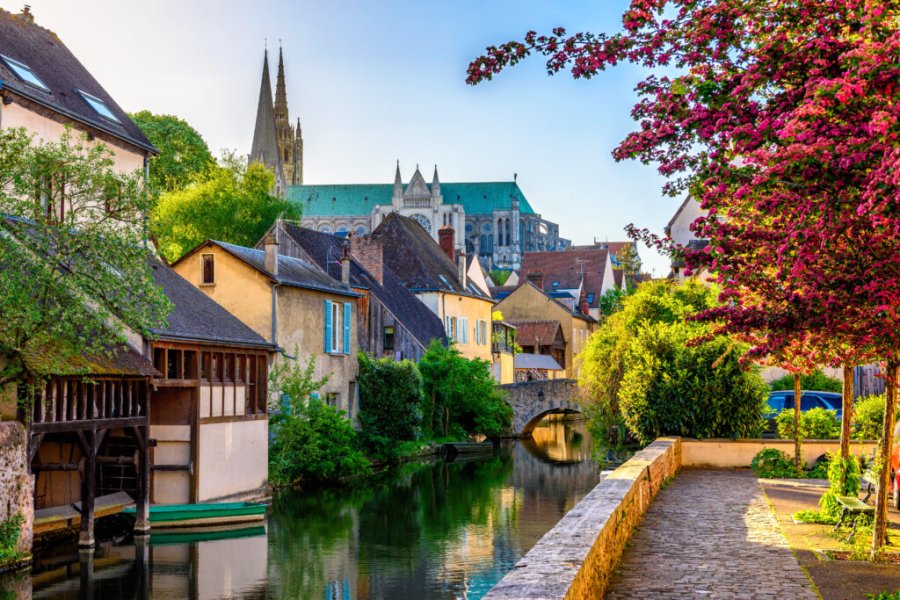Travel Guide Bilma
Find an accommodation
Advertising
In contrast, Bilma is a quiet town, although it is the district of Arrondissement, which covers the Kawar, the Djado and a large part of Ténéré. It will become a department after the highly anticipated decentralization process of kanouri populations. It is a village with low and gray houses, made of banco mixed with salt, carved by some shady streets, and overlooked by the colonial fort Dromard today occupied by law enforcement officials. The vegetation in the village is surprising and the Kanouri exploit the Springs and Water tables to cultivate cereals, alfalfa and some vegetables in gardens protected by hedges of palms and irrigated with the technique of délou. This ingenious balancier technique, which allows only one child with a single animal to draw water, is most summary: two vertical piles support a horizontal stick on which a long pole is fixed. At one of its ends, a manche puisette in the other, the counterweight is made of a net full of pebbles. This oasis, the most southerly of the Kawar, has had its economy to exploit saline for several centuries. It appears from Kano's chronicles that the first caravans of the Tuareg bringing salt from Bilma to Kano date from the middle of the th century. The arrival of the large Touarègue Touarègue caravan was the most anticipated event of the year. Jean Chapelle in his study on Les describes this festive atmosphere he experienced in 1931: " We knew from the day before that the caravan was close, and in the afternoon, cries and youyous arose. Two messengers cross the village at all times and present themselves at the post. The trailer is announced. We climb on the terraces, the horizon looks as neat as usual. But, from the village, camels leave the great harness, and a crowd of endimanchées women scramble in the streets, congregate at the exit of the tatatouine and run towards Ténéré. They can be seen in violent light, shake their coloured handkerchiefs, and balancer their arms. We hear continuous cries and the beat of tam. These current groups to the empty air seem to be fleeing a catastrophe, but rejoicing comes out of their allure and collective voice. While it is already suffocating in the distant distance, one of us is raising its arm and, the next moment, a black line appears at one stroke and the horizon from one end to the next. It remains first immobile then spreads to a very slow but steady and perceptible pace. We'll be here an hour to see this stain gradually eating the clear plaque of the dunes.Finally, you can distinguish between the rows and the rexhotel of the long camel legs… In the night, this stream will not stop, and the retardataires will arrive again the next day. Even today, this trade-cart trade is practised during the cold season. These caravaneers can be met in the Zinder region when they outsource the dates and salt of Kawar to the mil. This trade is the opportunity to reunite between touarègues tribes and kanouri families in whom caravaneers are used to staying. The barter (and purchase) of millet and Denrées against salt breads and dates do not last, caravaneers are pressed to return home. Don't forget to report the traditional dates necklace (300 FCFA) reported by all caravans to his children.
Suggested addresses Bilma
Weather at the moment
Advertising
Organize your trip with our partners Bilma
Transportation
Book your plane tickets
Car Rental
Boat rental
Accommodation & stays
Find a hotel
Holiday rental
Find your campsite
Tailor-made trip
Immersion travel
Services / On site
Activities & visits
Find a doctor



